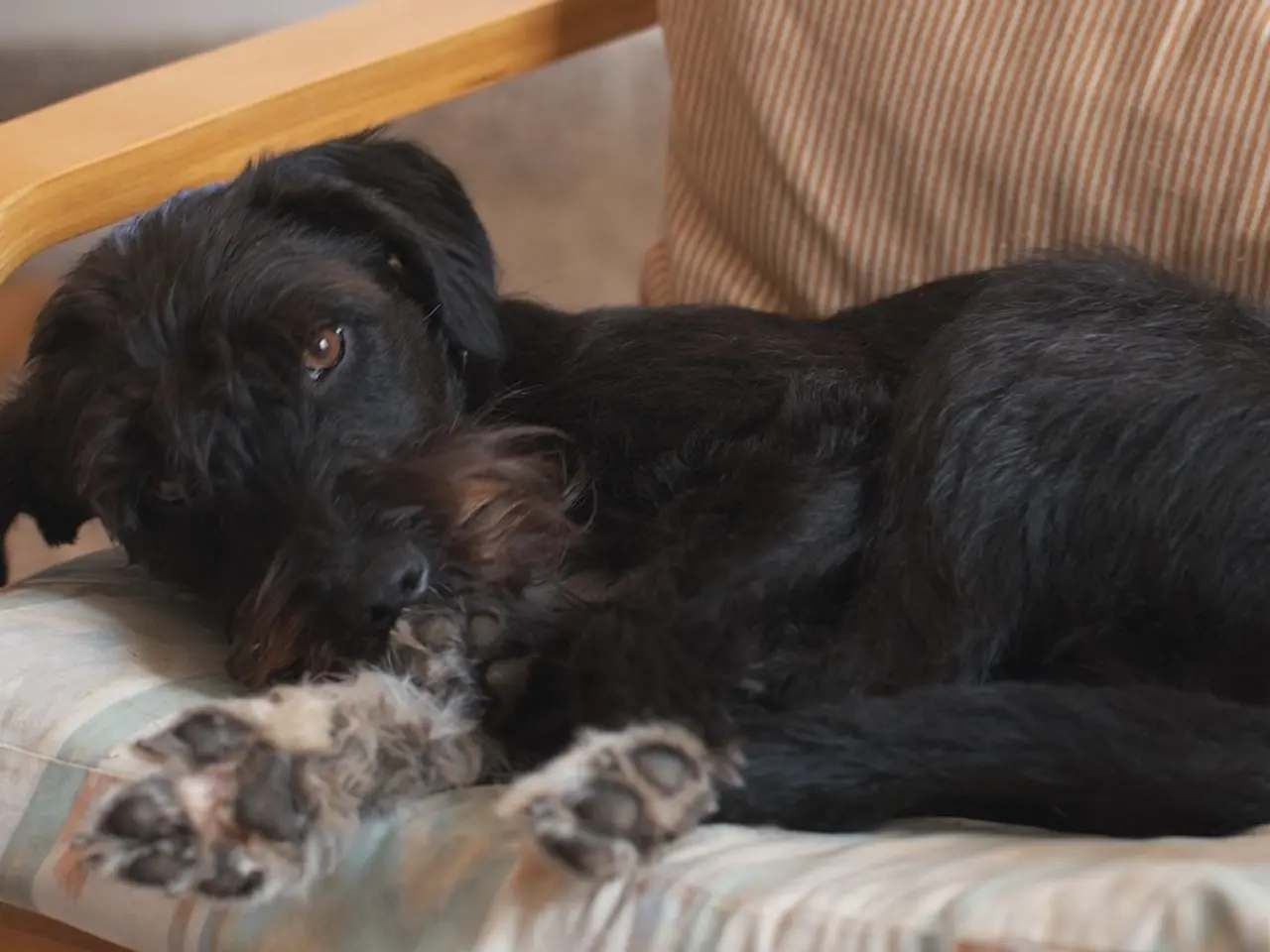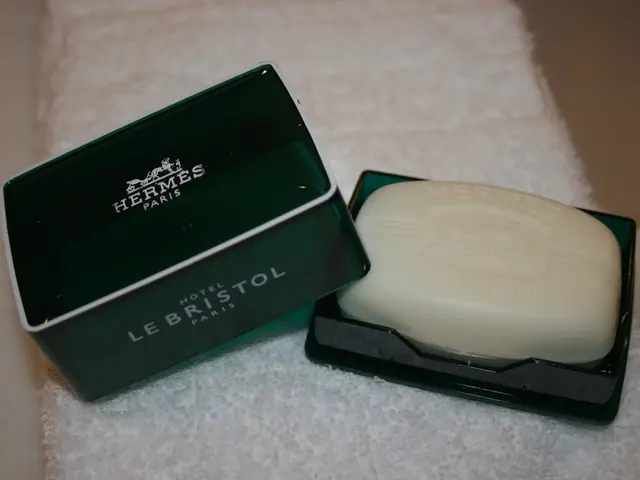"Command to Prevent Counter-Surfing or Guest-Jumping in Dogs"
In the world of dog training, the "Bed Stay" or "Place" command can be a game-changer. This command not only helps manage behaviors like counter surfing, jumping on guests, and begging for food, but also offers a designated, elevated spot where your dog learns to settle and remain until released. Here's a step-by-step guide, based on advice from certified professional dog trainer Sherry Nativo from All About Training Dogs.
Step 1: Introduce the bed or place
Start by bringing your dog to the bed and reward them for going onto it. Use treats and positive reinforcement to make the experience pleasant.
Step 2: Add the command cue
Choose a consistent word or phrase like "Place" or "Bed." Reward your dog each time they go there on command.
Step 3: Teach the stay
Once on the bed, ask for a "stay" by using clear hand signals and the verbal command "stay." Gradually increase the duration they remain there.
Step 4: Practice with distractions
Apply the command in environments with temptations (like counters or guests), rewarding compliance.
Step 5: Release properly
Use a release word like "Okay" to let your dog know when they can leave the bed.
Consistency and patience are key. With time, the "Place" or "Bed Stay" command becomes a reliable tool to prevent and manage many common behavior issues by offering your dog a defined calm space.
For additional tips on dealing with behavior problems like counter surfing, jumping, and begging:
- Redirect the dog to their bed using the "Place" command whenever they jump up on the counter, rewarding them for compliance.
- Request the dog to go to their bed or stay in another place when guests arrive, reinforcing calm behavior.
- Consistently send the dog to their bed during mealtime or when food is present, rewarding them for staying there.
The command "Go to bed" can also be used to get a dog to stay in their own bed, especially if they prefer sleeping in their owner's bed. A comfortable bed option for dogs is the Bedsure Orthopedic Dog Bed, featuring a four-sided bolster design to support a dog's head, neck, and joints.
When training a dog to sleep in a dog bed, you can use Nativo's advice to teach the command "Go to bed" and reinforce the behavior with treats and consistency. The command "Go to bed" is versatile and can be used for various reasons, such as counter surfing, one of the most common dog behavior problems.
In a demonstration, Nativo works with a puppy who's learning to stay in his bed during dinner. She keeps tossing treats to the puppy, even when she sits down with a plate of food, emphasizing that the puppy should be lying down, not sitting. Nativo sits at the dinner table while the dog is in his bed, still tossing him treats as he stays lying down.
In conclusion, teaching your dog the "Go to bed" command can significantly improve your pet's behavior and provide a peaceful home environment for both you and your dog.
- Using the "Place" or "Bed" command, introduce your dog to their bed or designated spot and reward them with treats for going on it, setting the foundation for future training.
- In your pet's training, use a consistent command cue like "Place" or "Bed" and reward them each time they go there on command.
- Gradually teach your dog to "stay" on the bed by using clear hand signals and the verbal command "stay," encouraging them to remain for longer periods.
- Practice the "Place" or "Bed Stay" command in environments with distractions, such as during mealtime or when guests are present, to help your dog adapt to various situations.
- To release your dog from the "Place" or "Bed Stay" command, use a release word like "Okay" to prevent confusion and signal that it's time to leave the bed.




